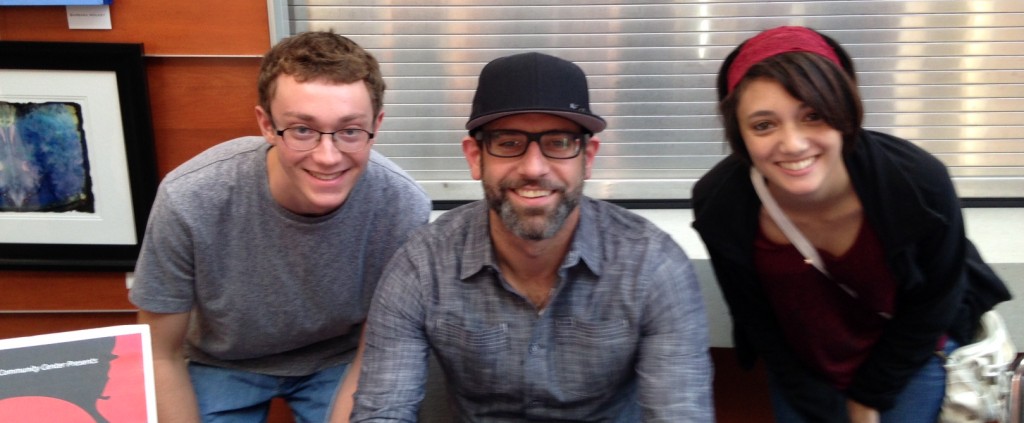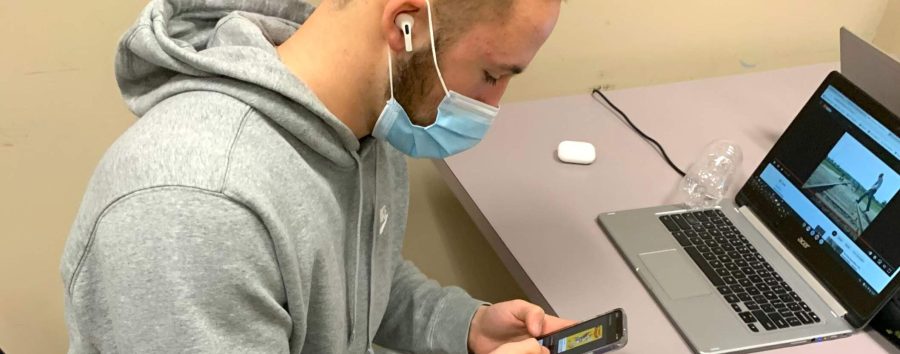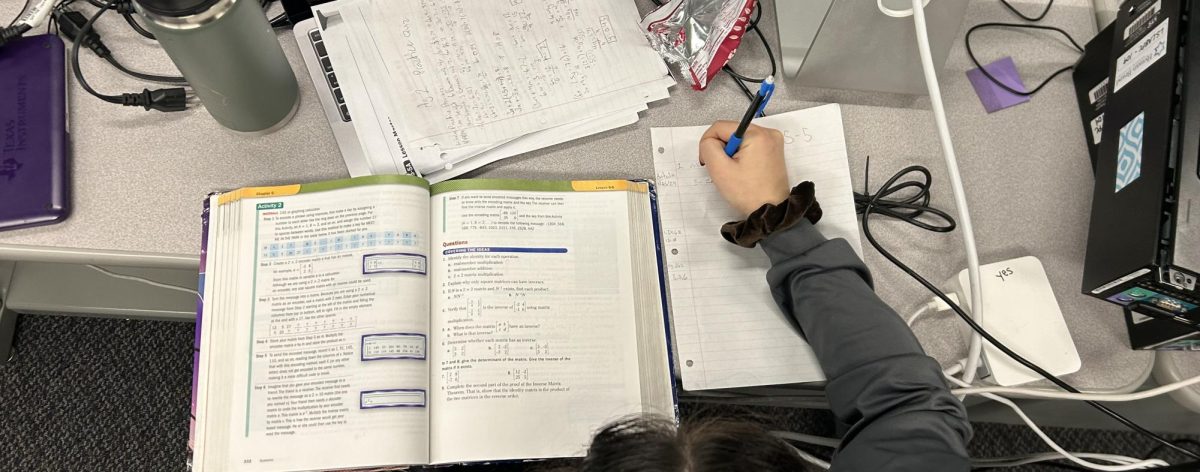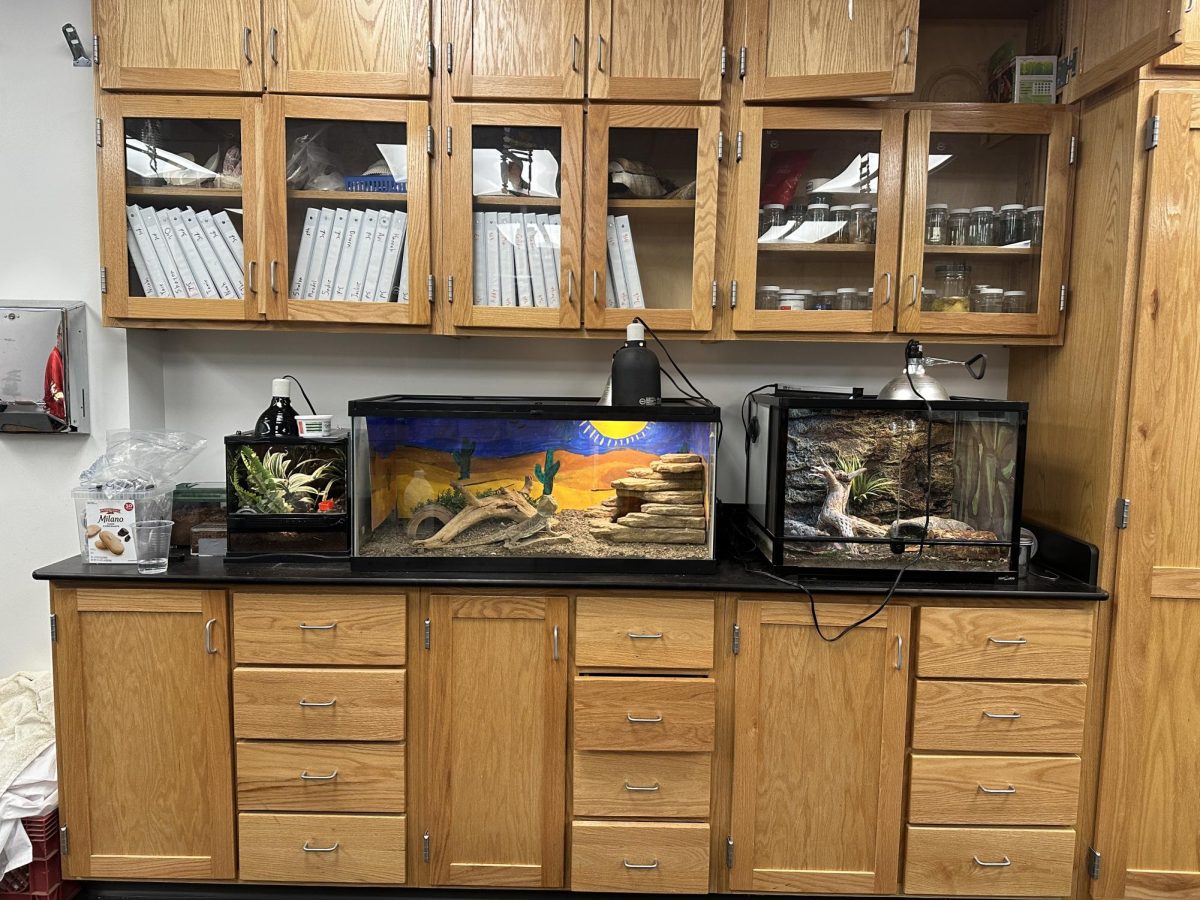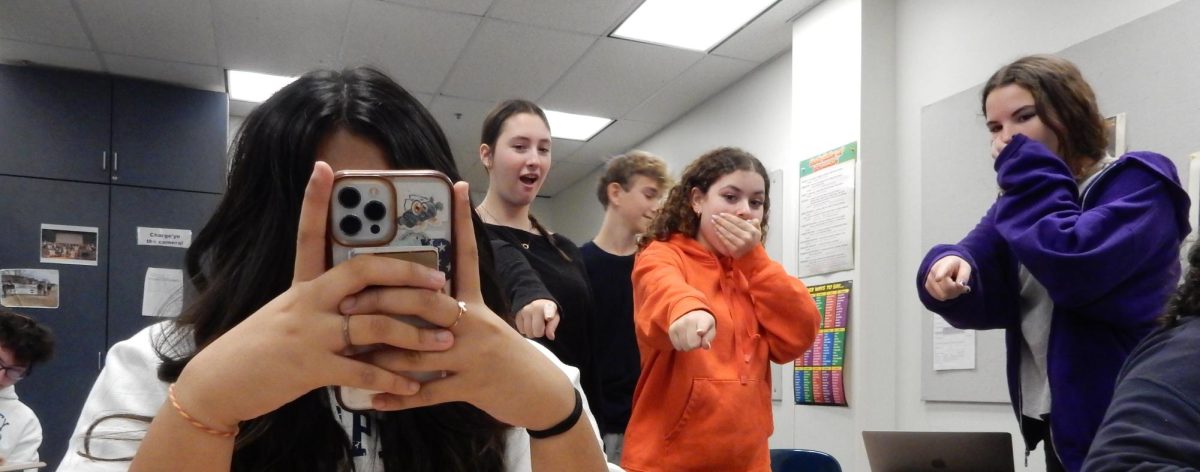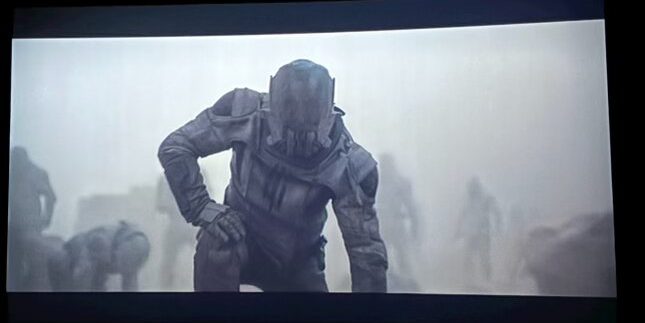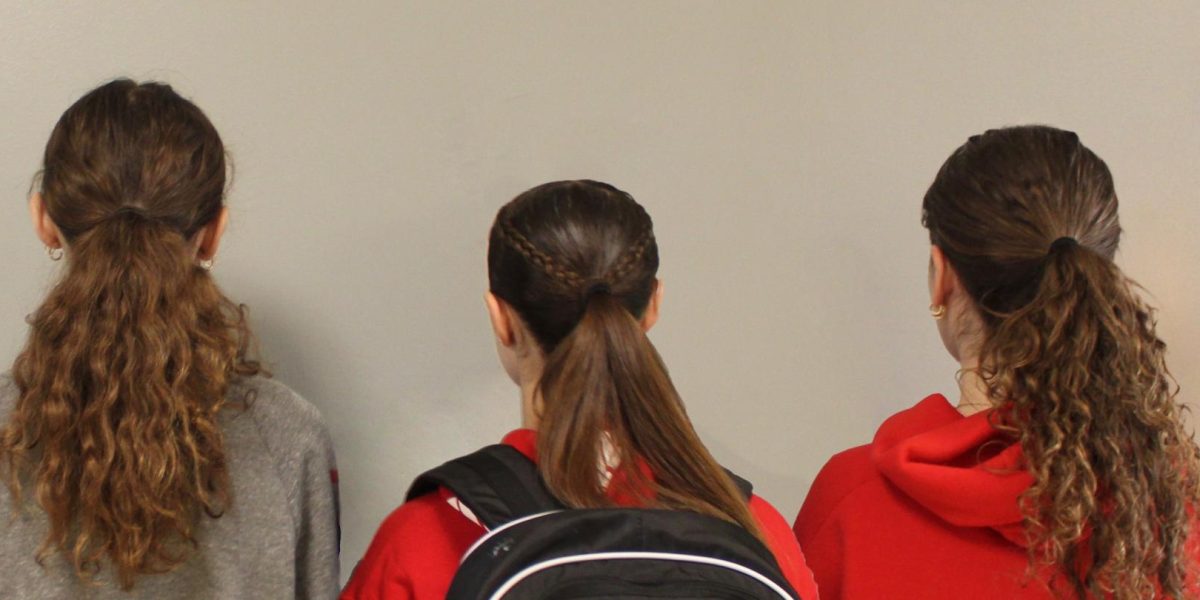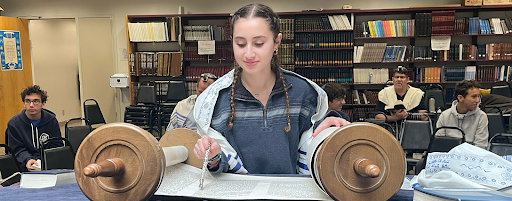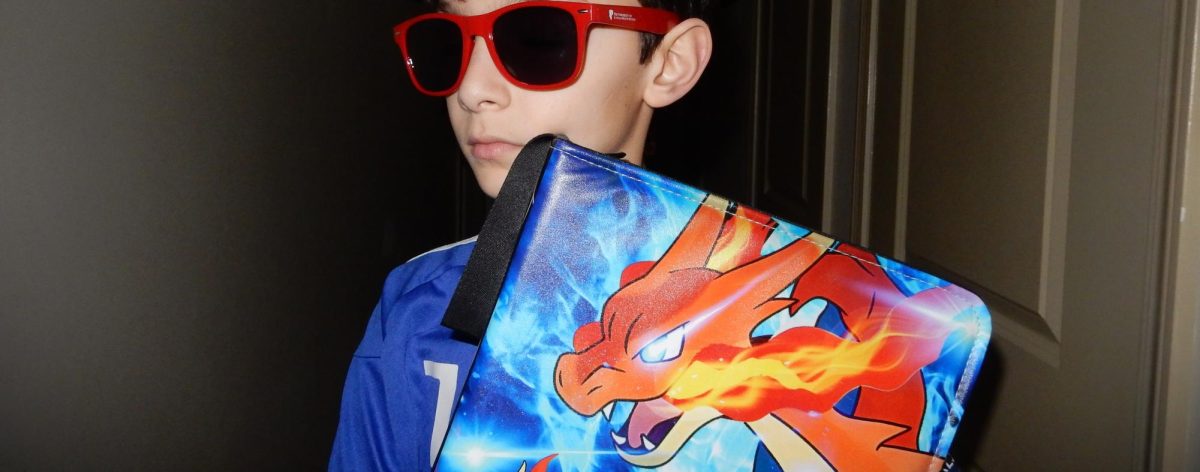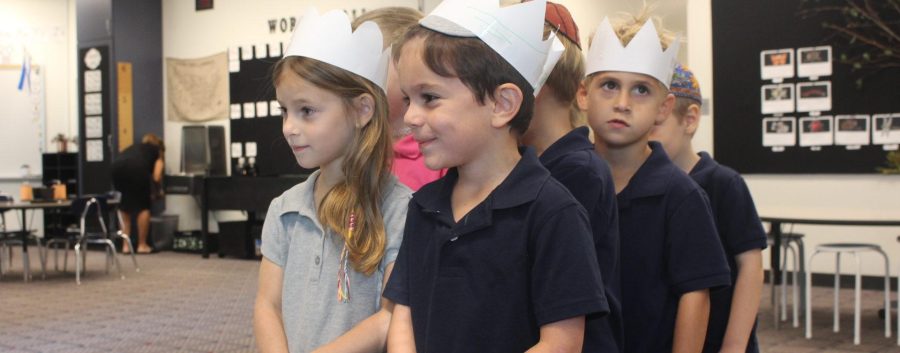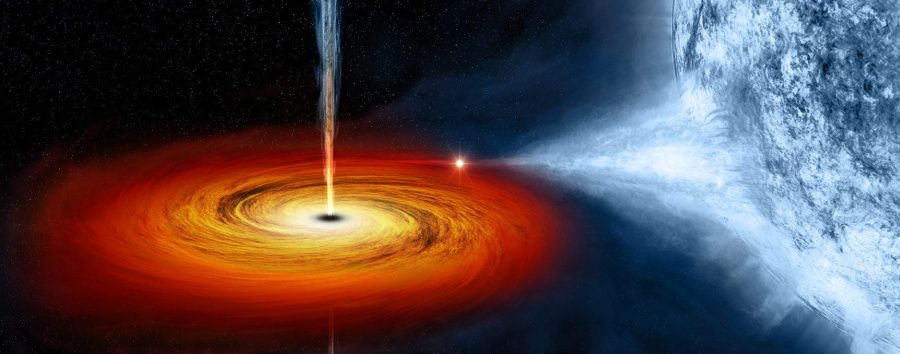Slider image by Wikimedia.
What looks like a fuzzy image of an orange eye, or possibly a donut, is actually one of the most groundbreaking scientific discoveries in history. It is the image of a black hole.
On Wednesday, April 10, a series of papers were published announcing the first ever sighting and picture of a black hole. Dr. Katie Bouman led a team of computer scientists to compute the algorithm making telescopes able to capture the image.
From a TED talk by Bouman in 2017, she described the immense obstacle of capturing a black hole. The only way we are able to see black holes is because, in some cases, there are massive rings of gas from stars that are darting past the hole due to its large gravitational pull. Because of this, the ring is illuminated and with specific technology, the ring can be seen. However, these black holes are so far away that no matter how bright the light might be, it is nearly impossible to see.
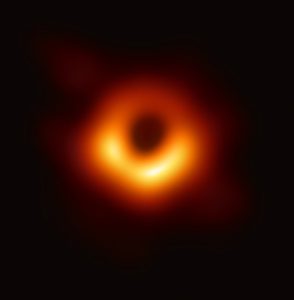
Shortly after the photo was released, Bouman, rather than claiming the glory for herself, wrote in a Facebook post, “No one algorithm or person made this image,” crediting the team of over 200 people working with her.
Other than a blurry image and excited scientists, the picture gave us more information about both this black hole and others that we might be able to capture in the future.
The black hole, Powehi, is located in the galaxy M87, which is about 53.5 million light years away from Earth. From the image, scientists have figured out that the mass of the black hole is about 6.5 billion times the sun’s mass, rather than the previous range that explained the mass was anywhere between 3.5 and 7.22 billion times the sun’s mass. Even for a supermassive black hole, Powehi is a giant.
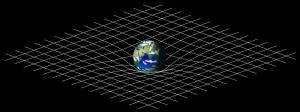
In short, the theory explains that certain objects with large masses can warp space-time. Because black holes have so much mass, light and objects that travel close to a black hole can change direction. The ring of light around black holes occurs is explained by this theory; all light sources that do not get too close to get sucked into the black hole bend and create a ‘ring’ of light around the black hole.
But this discovery could lead to an even more epic finding, capturing an image of a different black hole, Sagittarius A. This black hole is located at the center of the Milky Way, and images of it would allow us to discover more about our galaxy.
But if Sagittarius A is closer, why didn’t we choose to photograph it in the first place? The reason lies in the fact that it is closer to us. Because we are constantly moving, our view of Sagittarius A is too. Because of the distance between us and Powehi, it appears to sit in the same spot no matter where we are.
Since the initial sighting, another black hole has been discovered about 8,000 lightyears away. Unlike Powehi, this black hole has a different dynamic. Not only is the black hole feeding off a nearby star, but the ring of gas that is located around the black hole is not aligned, therefore causing the ring to look as if it is spinning like a top. And not only is it spinning, bursts of plasma clouds are bursting out from the center in many directions. This already shows that the ring is pulling on space-time and actually warping it.
Clearly, the discovery of Powehi has created a ripple effect, and we are rapidly finding more and more about black holes throughout the universe. Although it has taken years to get the first image of a black hole, there is certainly more to come.
























